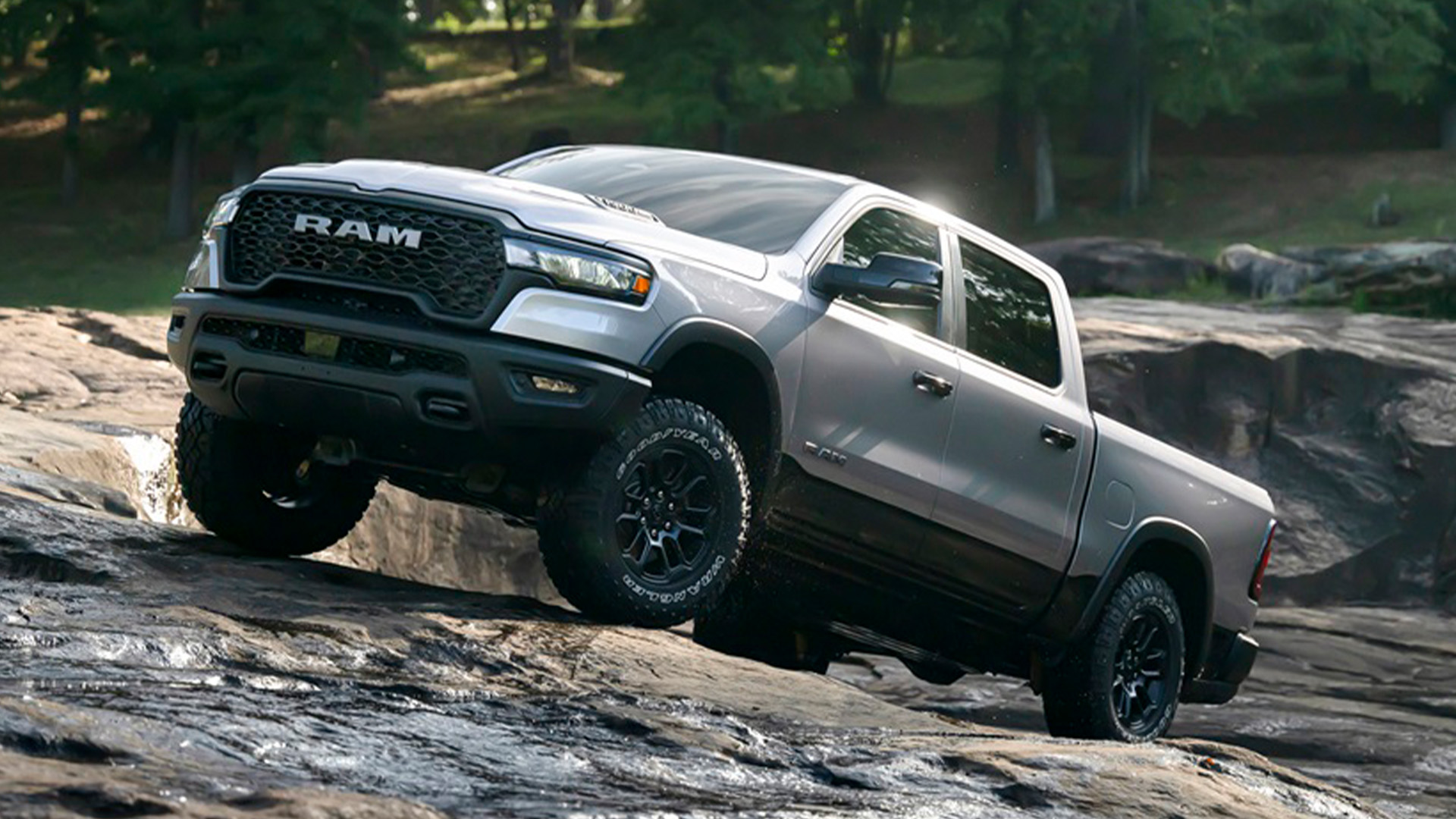
2025 Ram 1500 High Output I6 Needs Premium Fuel, Like All Performance Engines
The switch to a smaller engine with forced induction was never about cheaper ownership—it's a push for more performance and lower emissions.


Are these alleged reliability issues for BMW directly traceable to hot exhaust near a transmission? If not, then this is irrelevant.Modern BMWs aren't exactly reliable, and that exhaust setup has to be one of the dumbest most complicated ways to route the exhaust I have seen. I bet they use a proprietary 10.5mm 9 point star bolt too.
I mean seriously how important is weight distribution to have the exhaust cross over 12 inches forward? It's miniscule at best while having a hot pipe that is squished and has sharp turns blocking access to the transmission.
Are you an engineer, or a bean counter?I've heard that argument more times than I can count. What's always left out is the fact that the bean counters dictate what the engineers do, not vise versa.
And how were you privy to the insider knowledge as to who actually made those decisions?I'm an engineering technologist who for 30 years has been the unfortunate recipient of vehicles that were cheapened up by bean counters. Sometimes it's blatantly obvious where corners were cut. Sad...
Evidence? This is hearsay. The failure could just as easily be a defective design by Chrysler or a part manufacturer.Here's one for the bean counters. Go back to 1976 and 77. No inner rustproofing on F body front fenders. Calculate how much per fender was saved verses how much the recall cost the company's bottom line and their reputation. Another example, Ultradrive, an employee from Kokomo told me in Plymouth Mass. at a car meet in 1988 that the transmission was going to fail because they didn't seal something correctly. This allowed fluid to be where it wasn't supposed to be, causing failure. Sounds like bean counters to me. I can go on and on.
I've owned nothing but Chrysler products since 1979 - ten vehicles, some new, some used.I'm not sure how long you've owned Chrysler products, but bean counters are all over their products. If they weren't bean counters involved, then the engineers were asleep in many cases. The fellow in an above post showed what bean counters have done. They continue to destroy an already spotty quality record which IMHO has always been caused by cutting corners.
This is not an accurate representation of the story. The latch was NOT a single-action one. The problem was that the latch would stick and not fully engage the primary latch, so that only the secondary latch was engaged.I remember back when the mini vans (not sure of which years) would get hit in the rear the rear hatch would pop open and some people had fell out the back of it because the rear latch only had one catch instead of the second safety catch in case the first on failed/opened. From what I remember the guy from Chrysler was being interviewed about it from a person on a news channel and said the reason there was only one catch was because the one with 2 catches cost .25 cent more. When asked why a quarter was that important he said when you sell 4 million vehicles that was a savings of 1 million dollars. I thought, I wonder if just 1 lawsuit will be less than 1 million dollars (I doubt it). I thought..... put the more expensive one on an charge me .50 cent, I'll never notice it on the price you charge for the vehicle anyways and you could have made 1 million more dollars also. Feel free to see if you can find this anywhere because I could have got something wrong.
Or...other possibilities that you didn't consider, that are really neither. Especially in the case of rotors.Yes
prove or disprove
I used dealer OEM rotors the first time my '98 got the rotor shakes (@11,000 miles) = same outcome in same # miles
Bendix full cast iron next time, lasted 4x as long. So, what was proven? it is either the engineers bad design or bean counters forcing that on the engineers
